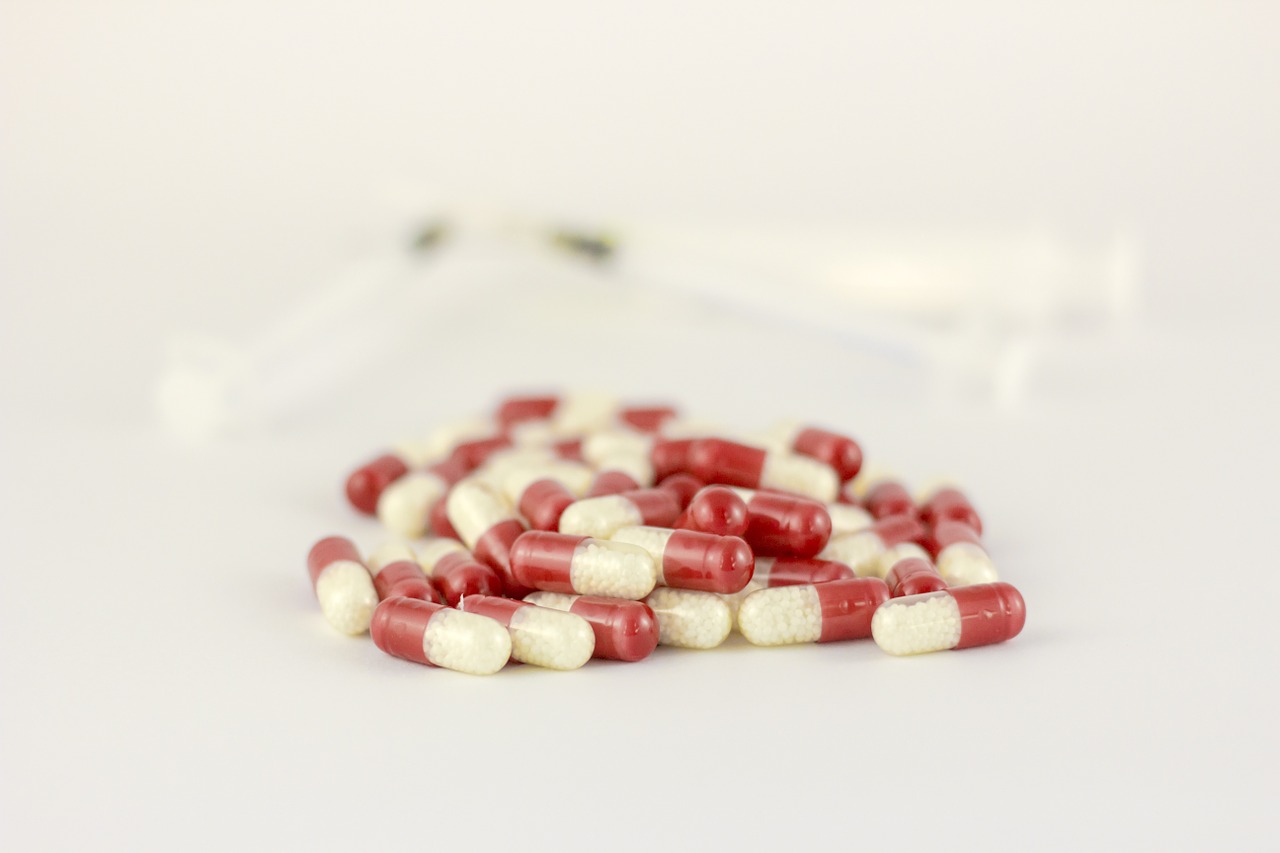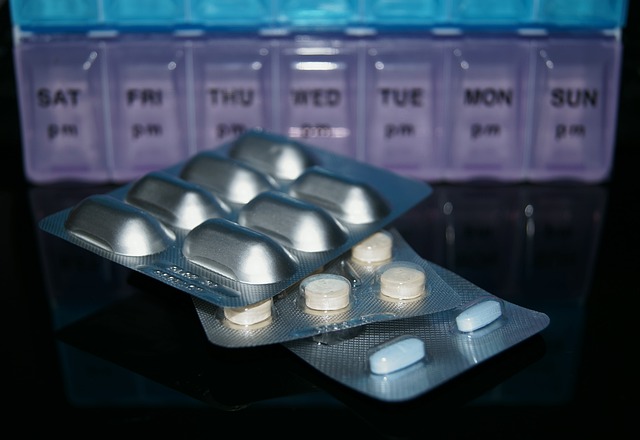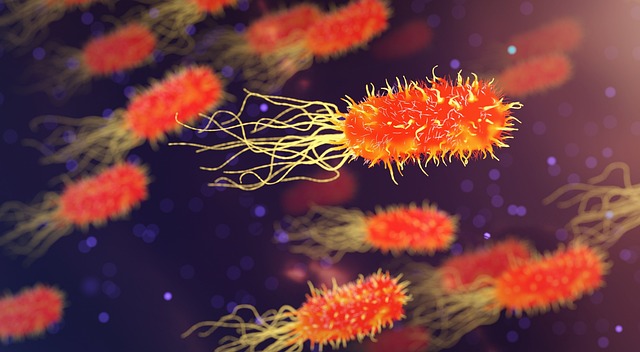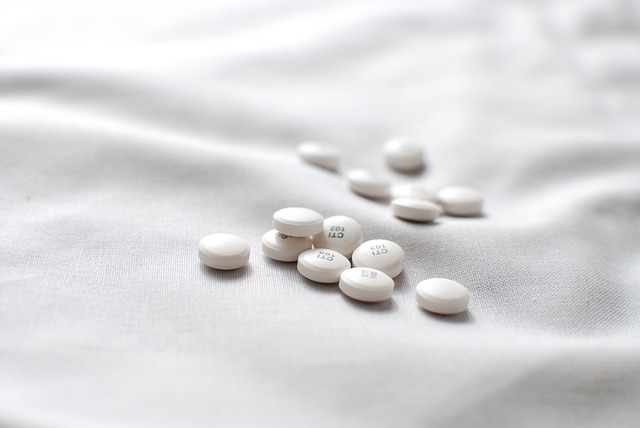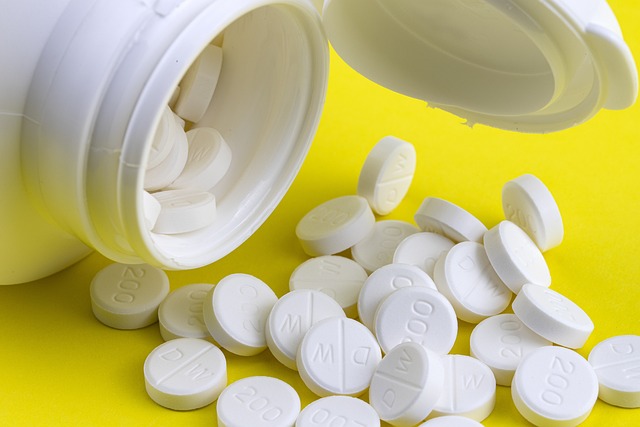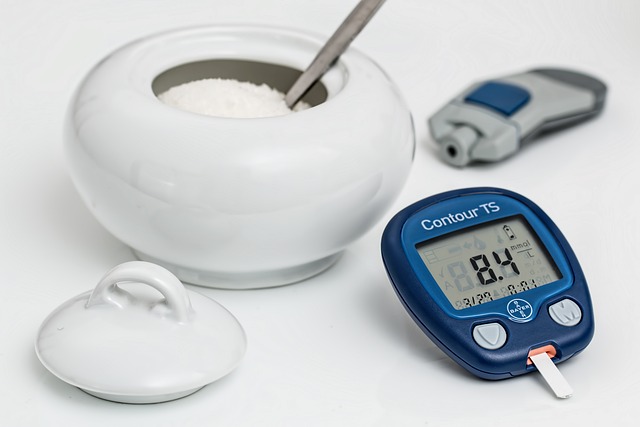Podcast: Play in new window | Download (Duration: 14:54 — 13.7MB) | Embed
On this podcast episode, I discuss tamoxifen pharmacology, adverse effects, drug interaction, and much more.
Tamoxifen is converted to a more active compound in the body by CYP2D6.
CYP2D6 inhibitors such as paroxetine, fluoxetine, or bupropion can essentially reduce the effectiveness of tamoxifen.
Hot flashes are a common adverse effect of tamoxifen and I discuss a few pharmacologic options to manage this adverse effect.
Be sure to check out our free Top 200 study guide – a 31 page PDF that is yours for FREE!
Support The Podcast and Check Out These Amazing Resources!
Meded101 Guide to Nursing Pharmacology (Amazon Highly Rated)
Guide to Drug Food Interactions (Amazon Best Seller)
